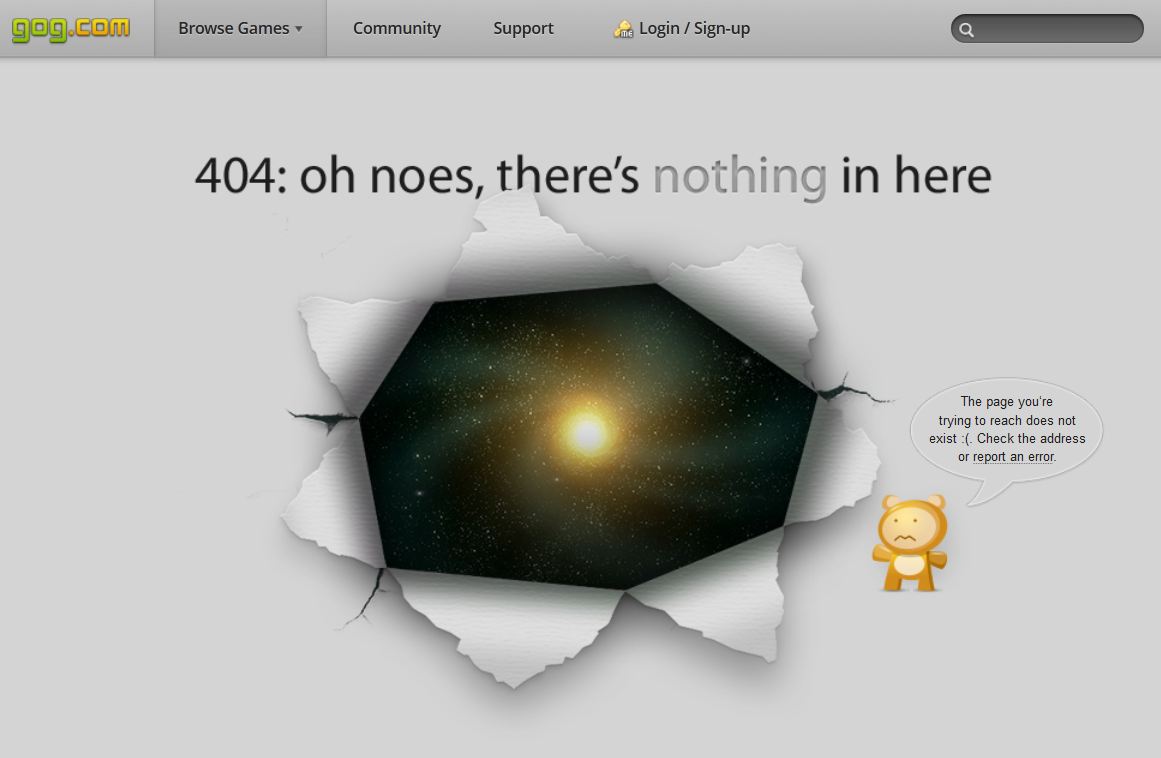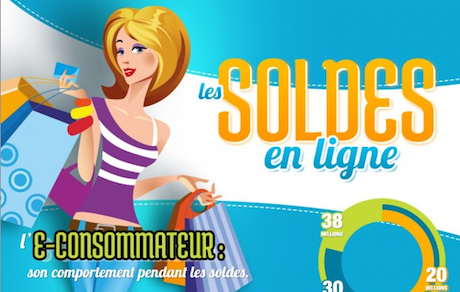Blog
404 Error Pages: UX best practices

Uh oh, sorry but the page you are looking for cannot be found… Should a 404 error page stop with these very basic words? Nowadays 404 pages have become a creative challenge for websites, and some, like Gog.com or Blizzard.com, have really put some work to create unique and original pages. (There is also Videotron‘s unicorn… The simplest is to check benchmarks like 404notfound.fr.) But creativity is not the core objective of these pages, is it? When you look at the context, 404 pages appear when the user hastried to access a page that does not exist. It could be a mistake in the URL or a broken link on your website. This makes the 404 page’s main objective to redirect the user to relevant content, and avoid him closing the website and leaving forever. Here are a few ideas to improve 404 pages and go over the dead-end they once represented.
Nice ideas to accompany scrolling

Do users scroll down the pages of our websites, or do they not? That is definitely a good question to be asked. Nielsen still rules, with his 80-20 theory: 80% of users’ attention is focused on the first 20% of the page. Though, some websites choose huge vertical layouts and parallax scrolling. Without going as far as The World’s Longest Website (which is quite extreme), some websites use parallax very well. Personnaly, I love Smokey Bones website. Why not scroll, afterall… The UX in me just advises to help users while scrolling down. And here are a few ideas I gathered for not letting users down… the page unattended.
Summer sales on Internet: 2012 figures

Summer sales are an important moment for retailers. What influence do they have on Internet? What kind of behavior can an e-retailer expect from its users? Here is a very interesting diagram by ifop and spartoo.com, with a few figures on consumers’ special behaviors and expectations during Summer sales in France.
Neuromarketing Symposium (12/01)
On the 12th January, I had the chance to be invited by the student organization Sorbonne Symposium to their symposium on Neuromarketing. Neurosciences play a role in usability, and the symposium specially covered Functional Magnetic resonance imaging. The idea is to use a scanner (as used in a hospital) to measure the effect a website (or an ad, or any kind of stimulus) has on our brain activity. So we can measure (1) which functional zone is activated in our brain, (2) with which intensity, and (3) whether it is positive or a negative effect.
How to crop images in Omnigraffle

I’ve been using Omnigraffle for a few years now. But I only recently managed to crop images directly in it. It’s definitely useful, as it avoids opening Photoshop and lets you try different alternatives directly on your wireframe. It was quite evident in Visio, but quite hard to find in Omnigraffle, which makes it kind of a secret. Here is a few steps tutorial to learn how to crop images in Omnigraffle.
Shopping cart abandonment: a Google Analytics ad

Why do users abandon shopping carts? This very relevant ad for Google Analytics shows some evidence in an entertaining way. And I like it! Just wonder if your website doesn’t ask too many questions, or complicated data to recover. Everybody has to gain from a simpler buying process.